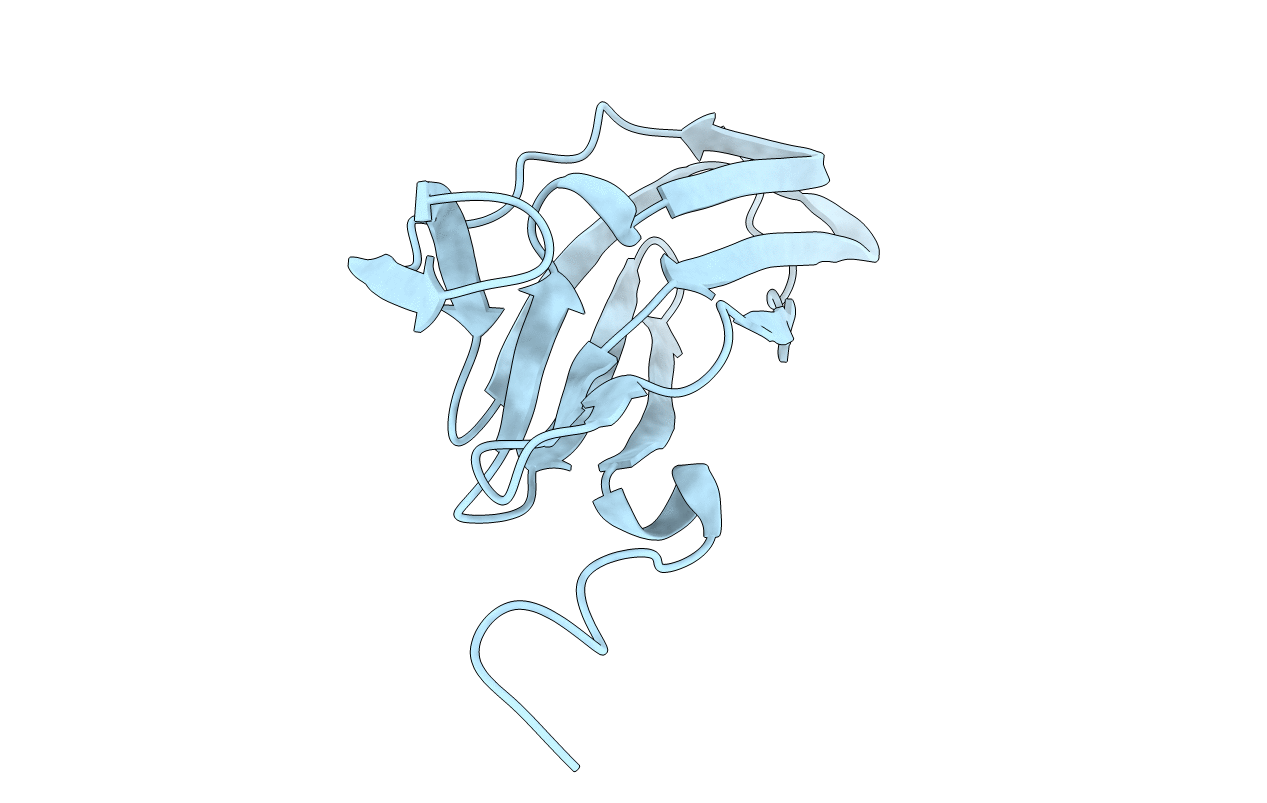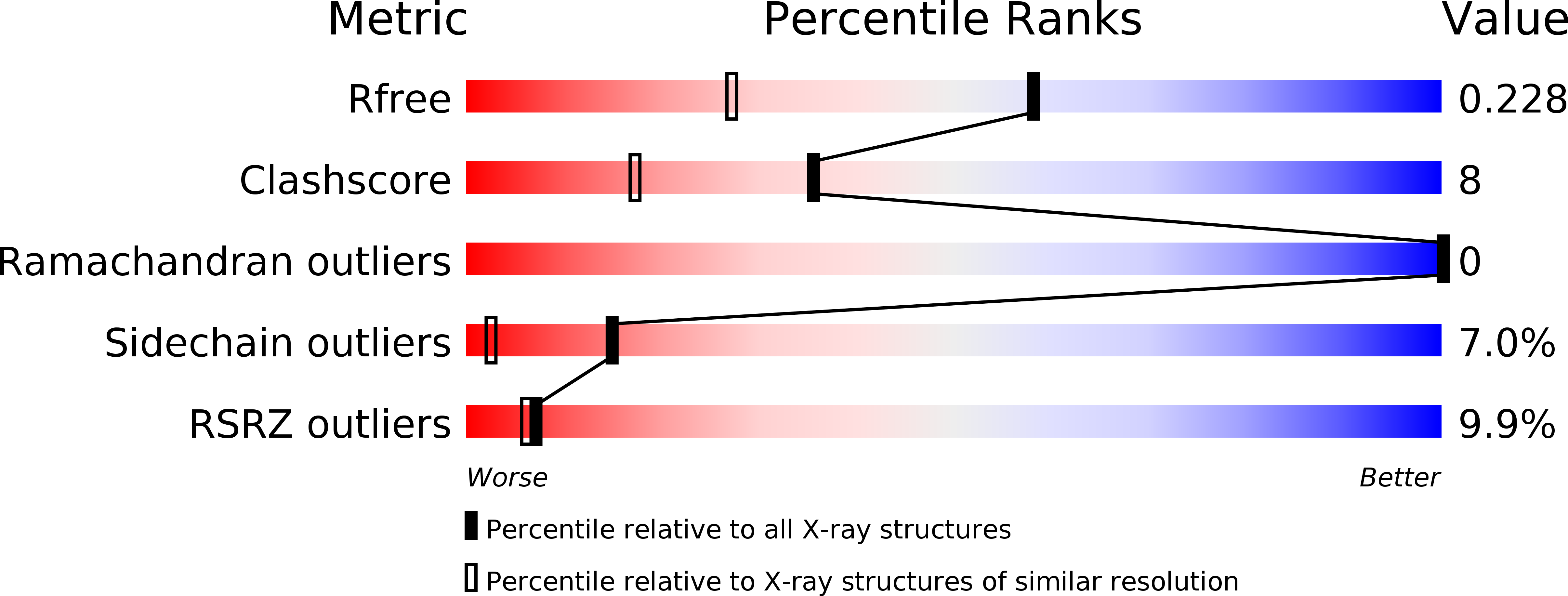
Deposition Date
2002-03-12
Release Date
2002-06-12
Last Version Date
2024-10-30
Method Details:
Experimental Method:
Resolution:
1.65 Å
R-Value Free:
0.22
R-Value Work:
0.13
R-Value Observed:
0.14
Space Group:
C 2 2 21


